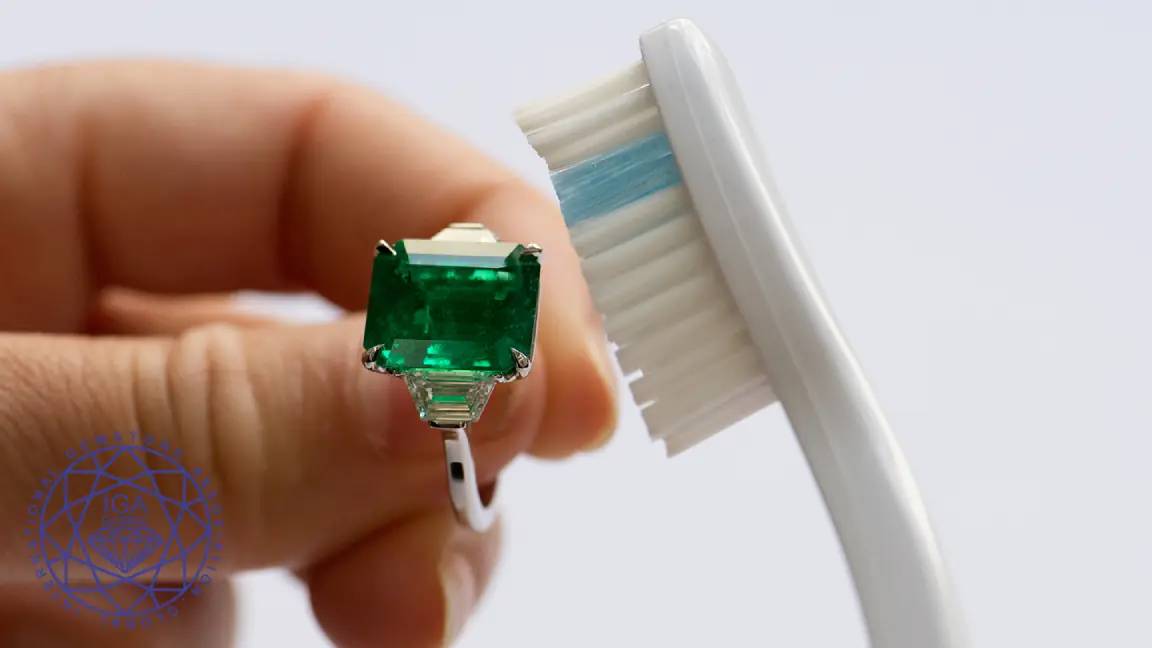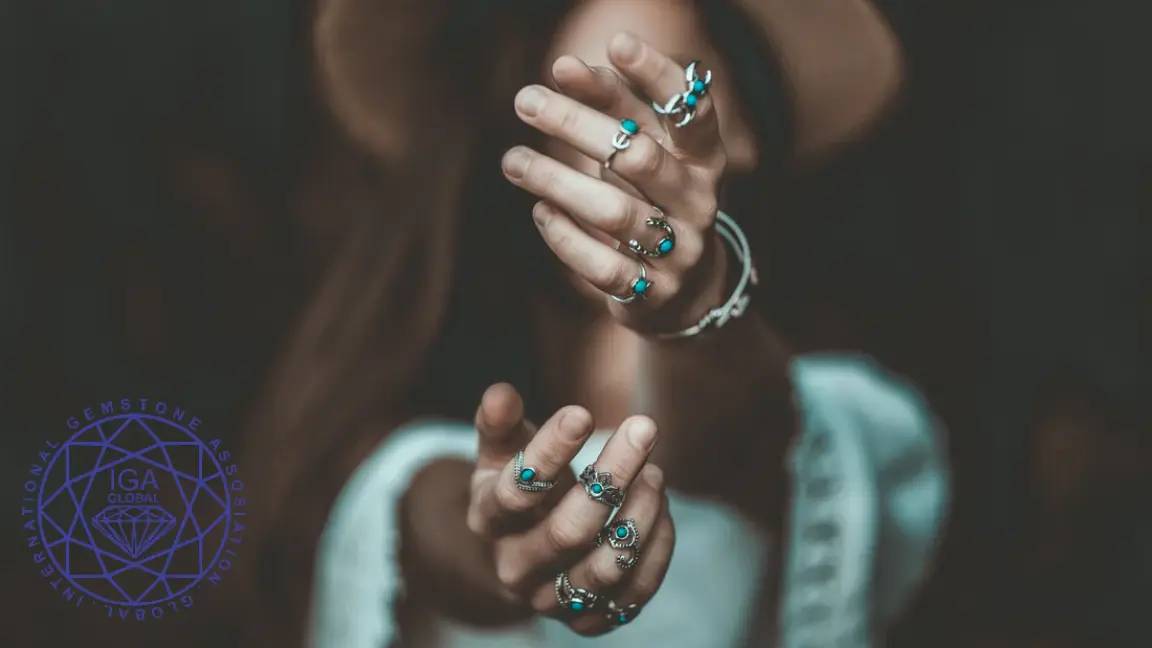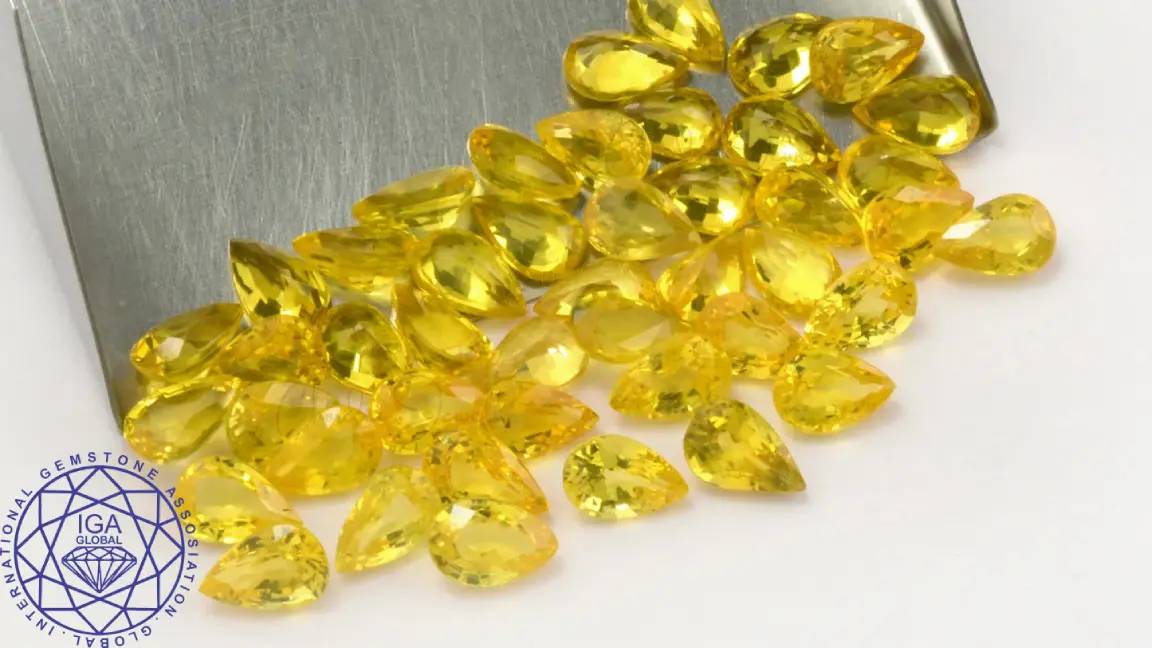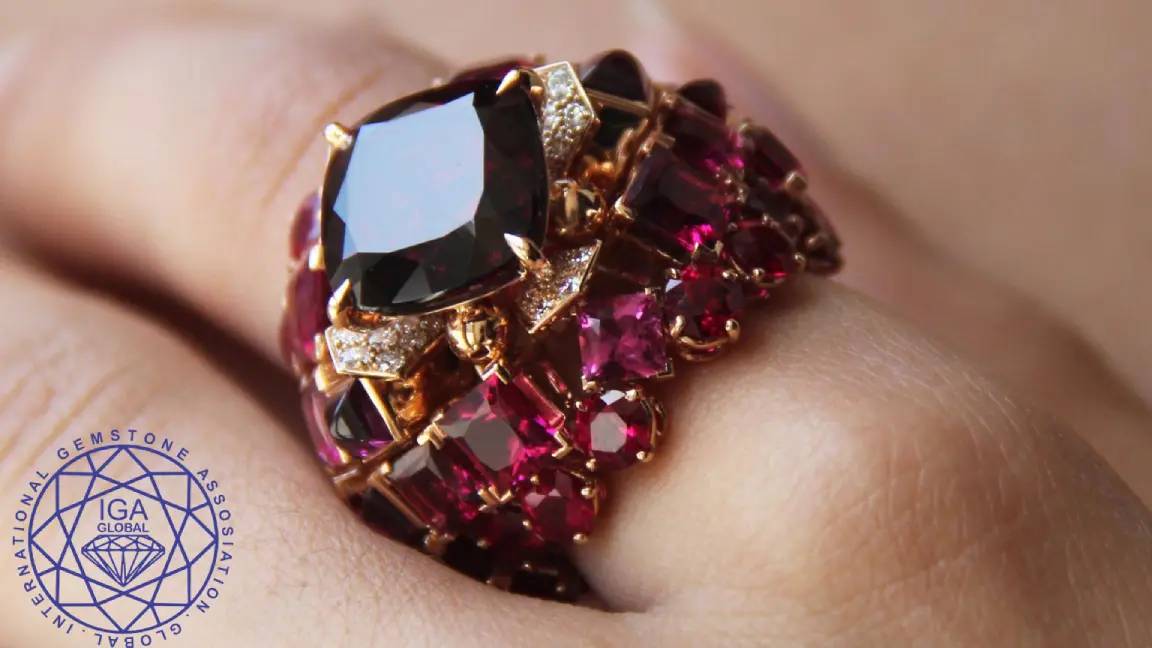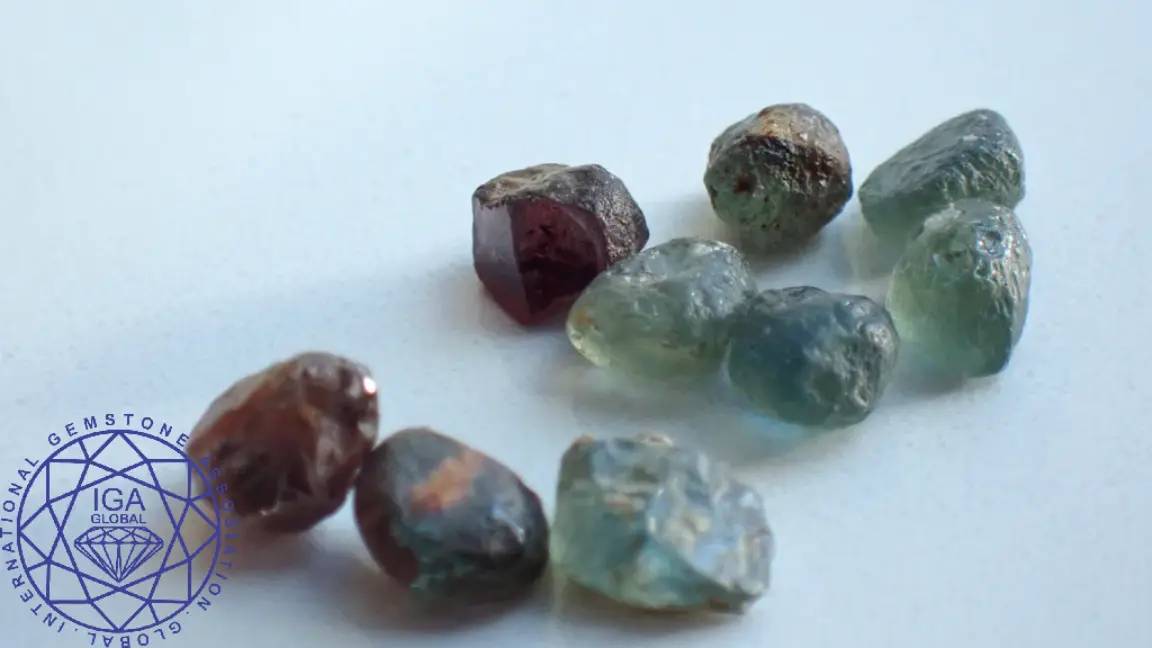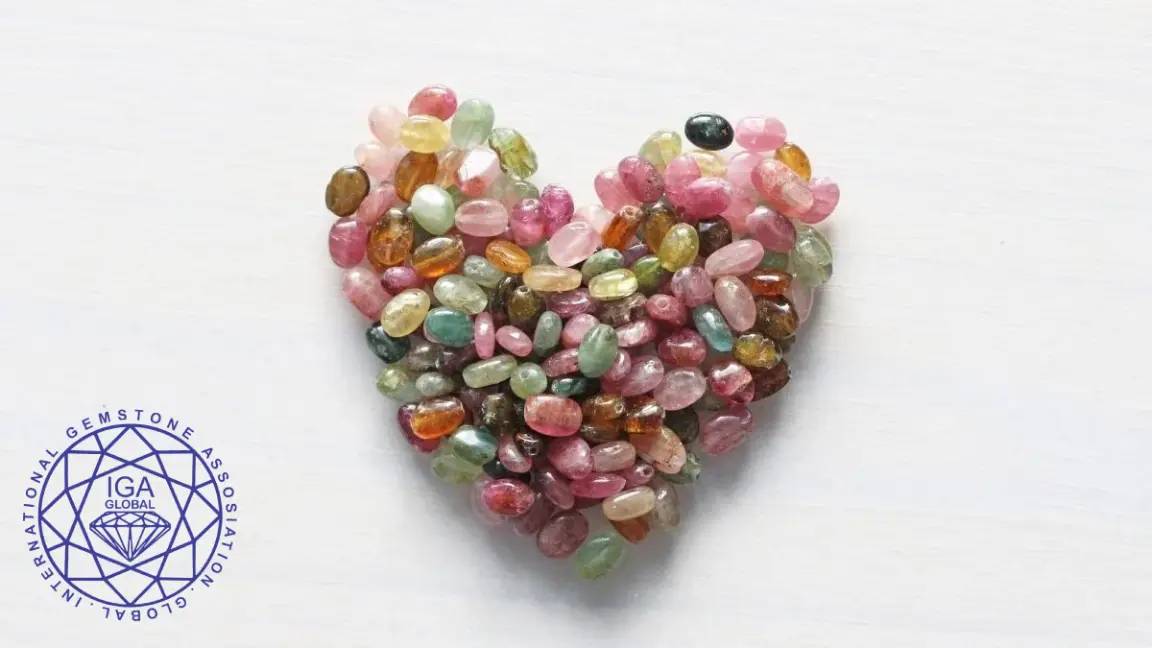
 Identifying genuine rubies requires a keen eye, careful examination, and sometimes professional assistance. By paying attention to factors such as color, clarity, inclusions, and weight, you can better determine the authenticity of a ruby and avoid potential fraud. Whether you are investing in a piece of jewelry or adding to your gemstone collection, ensuring authenticity guarantees that you are getting the true value and timeless beauty of a real ruby. Always remember to purchase from trusted sources and seek certification to make informed and confident decisions.
Identifying genuine rubies requires a keen eye, careful examination, and sometimes professional assistance. By paying attention to factors such as color, clarity, inclusions, and weight, you can better determine the authenticity of a ruby and avoid potential fraud. Whether you are investing in a piece of jewelry or adding to your gemstone collection, ensuring authenticity guarantees that you are getting the true value and timeless beauty of a real ruby. Always remember to purchase from trusted sources and seek certification to make informed and confident decisions.


Rubies, with their deep red allure and timeless charm, have captivated hearts for centuries. As one of the most sought-after gemstones, rubies symbolize passion, power, and prosperity. However, with their popularity comes the challenge of distinguishing genuine rubies from synthetic or imitation stones. Whether you are an investor, collector, or simply someone who appreciates fine jewelry, knowing how to identify authentic rubies is essential to avoid being misled. In this guide, we will explore various methods to help you determine the authenticity of rubies and ensure you are making an informed purchase.
1. Check the Color and Clarity
One of the most distinctive features of a genuine ruby is its color. Authentic rubies exhibit a rich, vivid red hue often referred to as "pigeon blood" red. This color should be consistent throughout the stone, without any overly dark or light patches. In addition to color, clarity is another crucial factor. While natural rubies may contain minor inclusions, they should not appear cloudy or dull. If the stone looks too perfect, it may be synthetic or glass-filled.
2. Conduct the Scratch Test
Rubies rank 9 on the Mohs scale of hardness, making them one of the hardest gemstones, second only to diamonds. You can perform a simple scratch test by attempting to scratch the ruby with materials of lower hardness, such as a steel knife or a piece of glass. If the ruby gets scratched easily, it is likely not genuine. However, be cautious with this test, as improper handling may damage the stone.
3. Observe the Light Reflection
Genuine rubies exhibit a unique light reflection known as pleochroism, where they appear to display different shades of red when viewed from various angles. When held under light, a real ruby should reflect light in a bright and lively manner, showing flashes of deep red and pinkish hues. Fake rubies, on the other hand, may lack this optical phenomenon and often appear dull or too uniform in color.
4. Look for Natural Inclusions
Natural rubies usually contain inclusions, such as tiny needle-like structures known as rutile silk. These inclusions are a good indicator of authenticity and can be observed under a jeweler's loupe or microscope. Synthetic rubies tend to have bubble-like inclusions or a flawless appearance that lacks the natural imperfections found in real stones.
5. Perform the Transparency Test
Genuine rubies have a certain level of transparency and should not appear overly cloudy or opaque. Hold the ruby up to a light source and observe how the light passes through it. If the stone allows light to pass through while maintaining its rich color, it is more likely to be authentic. In contrast, fake rubies may appear too clear or completely opaque.
6. Assess the Weight of the Ruby
Rubies are denser than common imitations like glass or composite stones. If you have access to a precise scale, compare the weight of the suspected ruby to a known authentic one of similar size. Genuine rubies will feel heavier due to their high density, whereas fake stones may feel lighter.
7. Heat Test
A safe and effective way to check the authenticity of a ruby is by applying gentle heat. Natural rubies can withstand high temperatures without any noticeable changes. However, synthetic or treated rubies may develop cracks or discoloration when exposed to heat. It is recommended to perform this test under professional supervision to avoid damaging the stone.
8. Check for Certification
The most reliable way to ensure you have a genuine ruby is by purchasing stones that come with a certification from reputable gemological laboratories such as the Gemological Institute of America (GIA) or the International Gemological Institute (IGI). These certifications provide detailed information about the ruby's origin, treatment history, and authenticity.
9. Seek Professional Evaluation
If you are unsure about the authenticity of a ruby, consulting a professional gemologist or jeweler is always a wise decision. Experienced professionals have the necessary tools and expertise to conduct thorough assessments, including advanced tests such as spectroscopy and refractive index measurements.
10. Compare Prices and Sources
If a deal seems too good to be true, it probably is. Authentic rubies are valuable and rarely sold at suspiciously low prices. Be cautious when buying from unknown sources or online platforms without a clear return policy. Always purchase from reputable jewelers who provide guarantees and proper documentation.
Conclusion
Identifying genuine rubies requires a keen eye, careful examination, and sometimes professional assistance. By paying attention to factors such as color, clarity, inclusions, and weight, you can better determine the authenticity of a ruby and avoid potential fraud. Whether you are investing in a piece of jewelry or adding to your gemstone collection, ensuring authenticity guarantees that you are getting the true value and timeless beauty of a real ruby. Always remember to purchase from trusted sources and seek certification to make informed and confident decisions.

